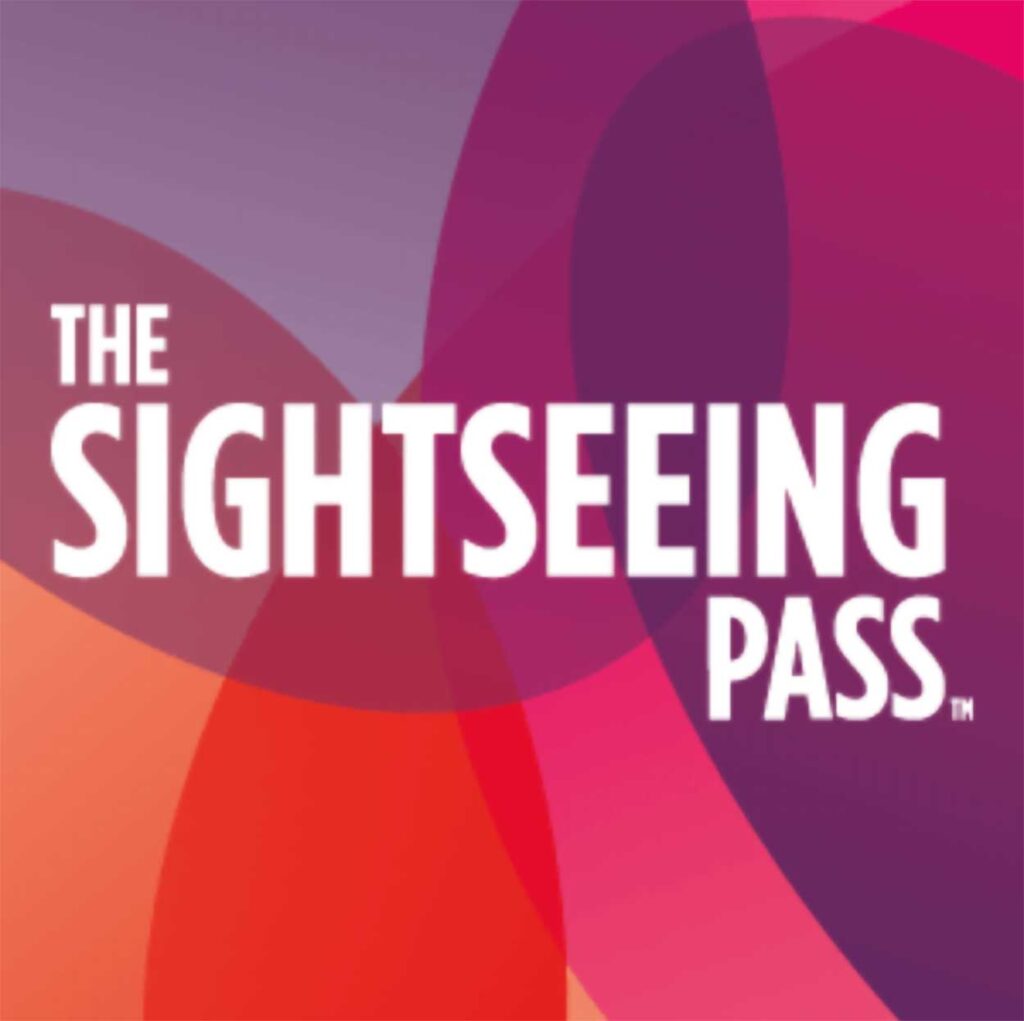Elizabeth Taylor was born on February 27, 1932, in Hampstead Garden Suburb, London, England. She was the second child of Francis Lenn Taylor, an art dealer, and Sara Sothern, a former actress. Her family moved to Los Angeles when she was seven years old, and she quickly developed a love for the silver screen.
Taylor made her acting debut at the age of ten in the 1942 film, “There’s One Born Every Minute.” She gained prominence in the following years with roles in movies such as “Lassie Come Home” (1943) and “National Velvet” (1944), which solidified her status as a child star.
As she entered adulthood, Taylor’s career continued to flourish, and she became one of Hollywood’s most sought-after leading actresses. In 1950, she starred alongside Spencer Tracy and Katharine Hepburn in the classic drama “Father of the Bride.” This role marked a turning point in Taylor’s career, leading to a series of successful films, including “A Place in the Sun” (1951), “Giant” (1956), and “Cat on a Hot Tin Roof” (1958).
However, it was her portrayal of Cleopatra in the 1963 film of the same name that solidified Taylor’s place in cinematic history. The production was famously troubled, with massive budget overruns and Taylor’s well-publicized affair with co-star Richard Burton. Despite these challenges, Taylor’s performance earned her an Academy Award nomination for Best Actress.
In addition to her film career, Taylor made notable appearances on television, starring in the TV movie “Who’s Afraid of Virginia Woolf?” (1966), which earned her another Academy Award for Best Actress. She also appeared in the 1981 miniseries “Malice Aforethought” and made guest appearances on shows such as “General Hospital” and “All My Children.”
Throughout her career, Taylor received numerous awards and accolades for her performances. She won two Academy Awards for Best Actress, for “Butterfield 8” (1960) and “Who’s Afraid of Virginia Woolf?”. She received a total of five Academy Award nominations during her career. Taylor also received a Jean Hersholt Humanitarian Award in 1993 for her work in raising awareness and funds for HIV/AIDS research.
Outside of her acting accomplishments, Taylor was a prominent philanthropist and humanitarian. She co-founded the American Foundation for AIDS Research (amfAR) in 1985 and established the Elizabeth Taylor AIDS Foundation in 1991. Her advocacy and fundraising efforts for HIV/AIDS research and treatment helped to destigmatize the disease and promote awareness and education.
Elizabeth Taylor’s personal life was just as captivating as her professional achievements. She was married a total of eight times, including two marriages to actor Richard Burton. Known as much for her beauty and charm as her talent, Taylor captivated audiences with her mesmerizing violet eyes and iconic screen presence.
Taylor remains a cultural icon and one of the most beloved actresses in Hollywood history. Her contributions to film, television, and philanthropy continue to inspire generations of actors and entertainers. Her quote, “Big girls need big diamonds,” reflects her larger-than-life personality and unapologetic approach to life. Elizabeth Taylor’s legacy reaches far beyond the screen, leaving an indelible mark on contemporary culture and society.












